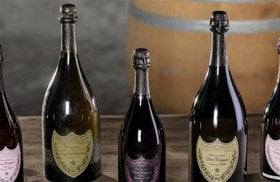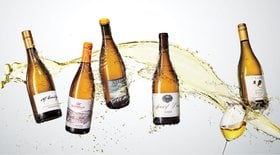Chardonnay Calories and Nutrition Facts
A single pour (5 ounces or 150ml) of Chardonnay typically has 123 calories, which adds up to about 635 calories in a standard bottle of this white wine.
Find out how many calories are in Chardonnay wine and compare it to the calorie count of other wines. Also, look at where these calories come from, and how to watch your calorie intake.
Further reading
- Find out more about the exquisite Chardonnay wine.
- If you want to explore other white wines, check out our complete guide to delicious Dry White Wine.
Nutritional Value of a Glass of Chardonnay

Here’s a glance at the nutritional value of a glass of Chardonnay:
- Total carbohydrate: 3.2g
- Dietary fiber: 0g
- Sugar: 1.4g
- Protein: 0.1g
- Sodium 7.5mg
- Potassium: 104mg
- Saturated fat: 0g
The good news?
While oaked Chardonnay has around 123 calories in a 5 oz pour, unoaked Chardonnay has less than 120.
The reason is, unoaked Chardonnay is fermented in stainless steel tanks and hence has fewer calories than its oaked counterparts.
Calories in Chardonnay vs. Other Wines
Let’s take a look at the number of calories other types of wines have as compared to the 123 in a glass of Chardonnay:
1. White Wine Calories
Here’s how many calories are in other white wine styles:

2. Red Wine Calories
Here’s the calorie count in some popular red wine styles like:

3. Other Wine Styles’ Calories
Here’s how many calories are in other wine styles like:

Fun Fact: As you know, any alcoholic beverage has calories that come from its added sugar and alcohol content. But, do you know how many calories your favorite spirit has?
- A pint of beer has about 230 calories.
- A 45ml shot of vodka and rum have about 100 calories each.
- A 45ml shot of gin has 110 calories.
Where Do the Calories in Chardonnay Wine Come from?
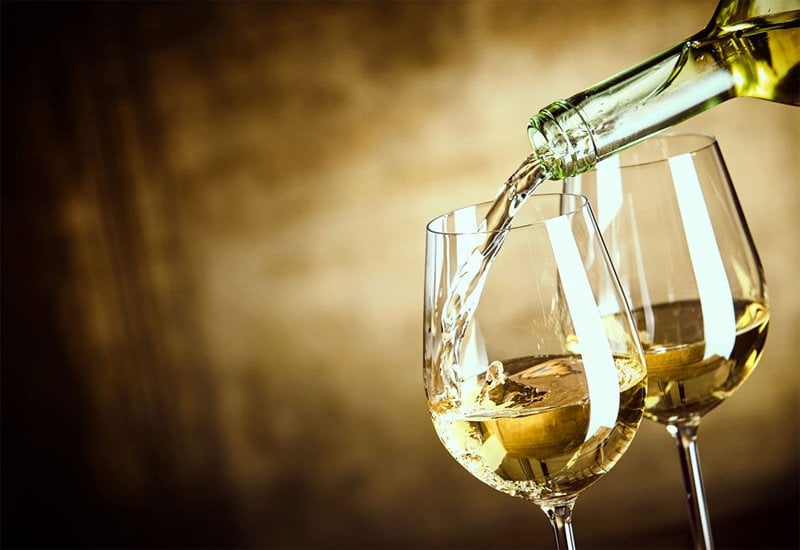
Just like any bottle of wine, Chardonnay also contains carbohydrates (sugar), alcohol, and trace minerals.
The carbs in Chardonnay wine come from its alcohol and residual sugar content.
Dry white wine like Chardonnay has about 3g of residual sugar for every liter and around 11-14% ABV (about 10-14 grams of pure alcohol.)
But, what determines the sugar and alcohol levels in wines like Chardonnay?
At the fermentation stage, the yeast in the base wine turns the natural grape sugars into alcohol. So, to make a dry wine, the winemaker will allow the yeast to convert more sugar into alcohol.
If the winemaker’s goal is to make sweet wine (like Moscato or fortified wine), he will stop the fermentation process early so there is more residual sugar in the wine.
3 Tips To Watch Your Calories When Drinking Wine
Trying to reduce your calorie intake but still want to enjoy your wine?
Then try these tips:
1. Check The Wine’s ABV Percentage
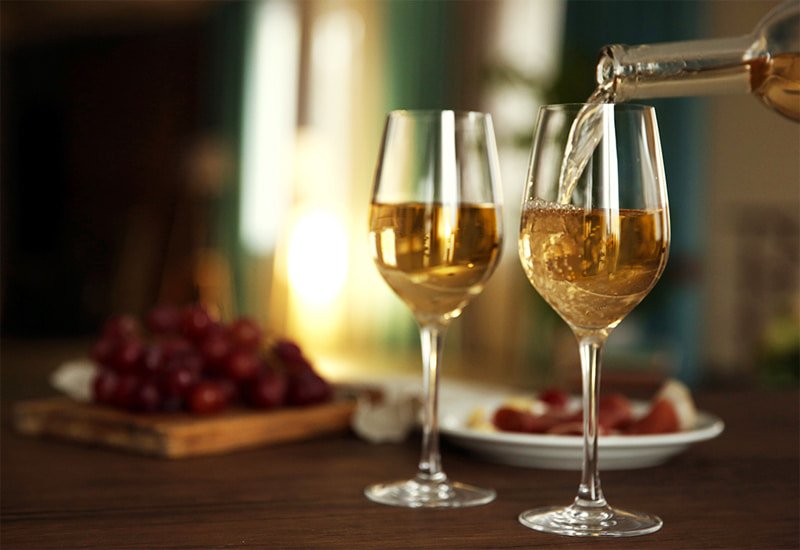
A dry white wine bottle has an alcohol by volume (ABV) range from about 9% to 14%. The higher the alcohol content, the more calories the wine will have. So, to reduce your calorie intake, aim for wines with low alcohol content.
2. Drink Dry Wine
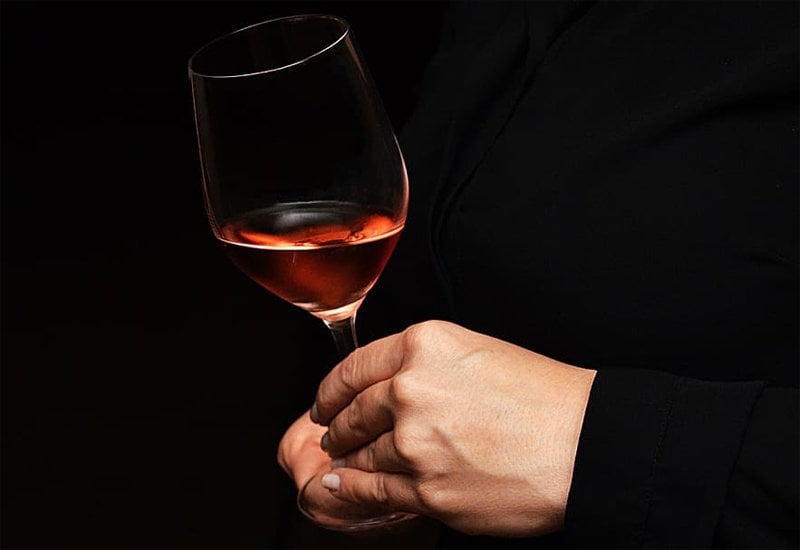
Dry wine is a low calorie wine with low residual sugar levels, making it a great diet-friendly drink.
One way to pick a low calorie wine is to look at where it’s made and the grapes used. Usually, grapes from colder climates (like Sauvignon Blanc) contain very little sugar and naturally produce low calorie wine styles. On the other hand, wines from warmer countries are generally sweeter (like Merlot.)
3. Watch How Much Wine You Pour

One to two glasses of your favorite Chardonnay wine won’t do much harm to your health, even if you’re on a diet. But, if you go beyond a couple of pours, the calories will start to add up. So just remember to have it in moderation.
Food Pairing Ideas When Counting Chardonnay Calories
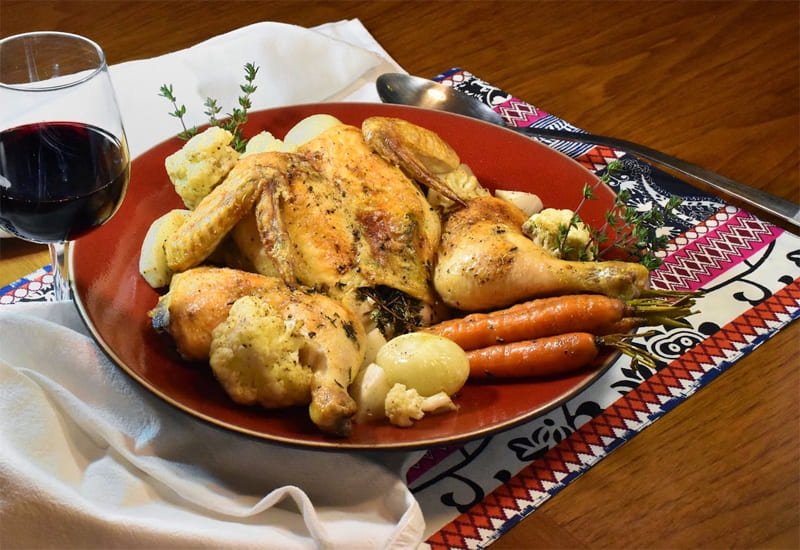
Looking for some light, low-calorie foods to pair with your glass of dry Chardonnay? Try these food pairings:
- Baked chicken
- Chicken salad
- Grilled or roasted salmon with lemon
- Steamed fish
- Low fat Alfredo pasta
- Camembert cheese
- Fruit like apple, strawberry, peach, and mango
Savor That Glass of Chardonnay!
Instead of completely cutting back on your favorite Chardonnay wine or other alcoholic drinks, you can simply reduce how many glasses you have at a time. Any wine or food will contain calories, so enjoy a little at a time without feeling guilty.

If you’d prefer to invest in your fine wine instead of worrying about the number of calories it contains, check out Vinovest. They’re a wine investment platform that will help you buy, store, and sell your fine wine easily.

